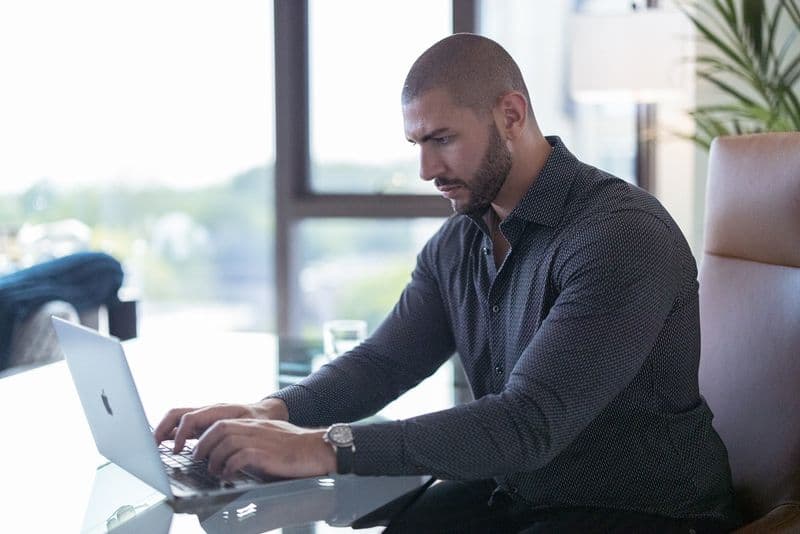
Effective communication is the cornerstone of successful strategic consulting. It enables consultants to navigate complex environments, align stakeholders, and deliver insights that inspire action. As Luis F. Aleman Jr explained, whether it's distilling intricate data into client-ready recommendations or managing high-stakes conversations, communication shapes every stage of the consulting process. Consultants must master clarity, persuasion, and adaptability, knowing how to tailor their message to different audiences, situations, and formats.
The Role of Communication in Strategic Consulting
Strategic consulting involves helping organizations make high-level decisions that shape their direction. These decisions often require input from multiple stakeholders, each with their priorities and perspectives. Communication becomes the vehicle that connects these viewpoints and aligns teams toward a shared objective.
A consultant must be able to translate complex problems into actionable insights that clients can understand and use. This means communicating with clarity while also being attuned to the organizational context. During planning sessions or executive briefings, well-structured dialogue helps ensure everyone is on the same page and confidently moves forward. In many cases, even the tone and pacing of delivery can influence how messages are received.
Core Communication Skills Every Consultant Needs
Luis F. Aleman Jr. suggests that listening actively is a foundational skill in consulting. It allows a consultant to fully grasp the client’s needs, concerns, and unspoken priorities. Rather than jumping to solutions, listening with intent builds trust and ensures recommendations are grounded in real challenges.
Equally important is the ability to communicate ideas clearly and concisely. Whether in a slide deck or a project kickoff meeting, clients value structured, jargon-free messages tailored to their business. A consultant who can adjust their tone when speaking to a CEO versus a project manager shows versatility and awareness of audience dynamics.
Non-verbal communication also plays a subtle but powerful role. Confidential posture, steady eye contact, and thoughtful pauses during key discussions can enhance credibility and keep the conversation focused. These cues often influence how messages are received, sometimes even more than words.
Addressing Common Communication Challenges
Consultants often walk into settings where expectations are misaligned or undefined. Navigating these situations requires the ability to clarify goals without causing friction. When stakeholders disagree, it’s the consultant’s job to mediate tactfully and keep progress on track. This means listening actively while also nudging the conversation toward consensus.
There are moments when difficult conversations can’t be avoided. Delivering bad news, such as delays, scope changes, or failed initiatives, demands a balance of honesty and diplomacy. Being transparent while offering a path forward helps maintain credibility and keeps relationships intact. Timing and tone are just as important as the content of the message in these moments.
Complex ideas don’t always translate easily. A strategy built on data, market trends, and competitive analysis can overwhelm a client if not communicated well. Breaking down insights into digestible parts and connecting them to business outcomes makes the message more transparent and actionable. Visual aids, analogies, or simplified models can provide that extra layer of clarity.
Building Influence Through Effective Messaging
Luis F. Aleman Jr. argues that the most impactful consultants know how to shape their message around what matters most to the client. Rather than just presenting insights, they frame them regarding outcomes, growth, efficiency, and risk reduction so that recommendations feel directly relevant. This makes the message resonate and encourages buy-in from decision-makers.
Data alone rarely persuades. When combined with storytelling, it becomes far more compelling. A well-timed anecdote about a similar challenge faced by another client can bring numbers to life and make abstract concepts relatable. This blend of logic and narrative strengthens the consultant’s credibility and influence. It also allows clients to envision the real-world application of proposed strategies.
Questions are another underrated tool. Thoughtfully crafted questions can shift a conversation from surface-level exchanges to more profound discovery. They invite reflection, reveal hidden concerns, and empower clients to reach conclusions collaboratively. The right question can often open the door to insights that a straightforward answer never could.
Choosing the Right Tools and Formats
Knowing when and how to communicate is just as important as what’s being said. A lengthy report might be appropriate for detailed analysis, but a visual dashboard may work better during executive reviews. The ability to match the format to the audience shows consideration and strategic thinking. It also saves time and keeps discussions focused on what matters most.
Presentations that rely heavily on visual charts, timelines, and frameworks can clarify complex ideas faster than dense text. In a client workshop, a simple diagram can spark discussion and drive alignment more effectively than a long explanation. The correct format can turn passive listeners into engaged participants. Interactive formats, such as live demos or collaborative whiteboards, can further enhance engagement.
Developing Communication as a Long-Term Skill
Strong communicators aren’t born, they’re built through consistent practice and reflection. Consultants who seek feedback after key meetings or presentations tend to refine their delivery over time. These small adjustments compound, making each interaction sharper and more impactful. Over months or years, this creates a noticeable difference in how ideas are received.
As remote work, digital collaboration platforms, and cross-cultural teams become more common, consultants must adapt. Those who continually update their communication style to stay relevant will remain valuable, regardless of how the consulting landscape shifts. Staying flexible and open to new tools, channels, and styles is essential for long-term effectiveness.


